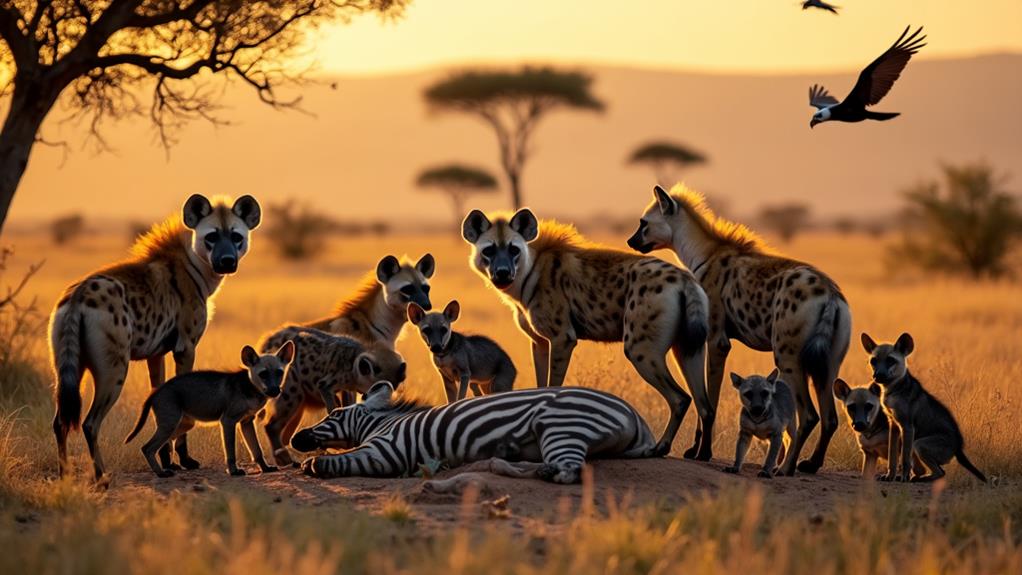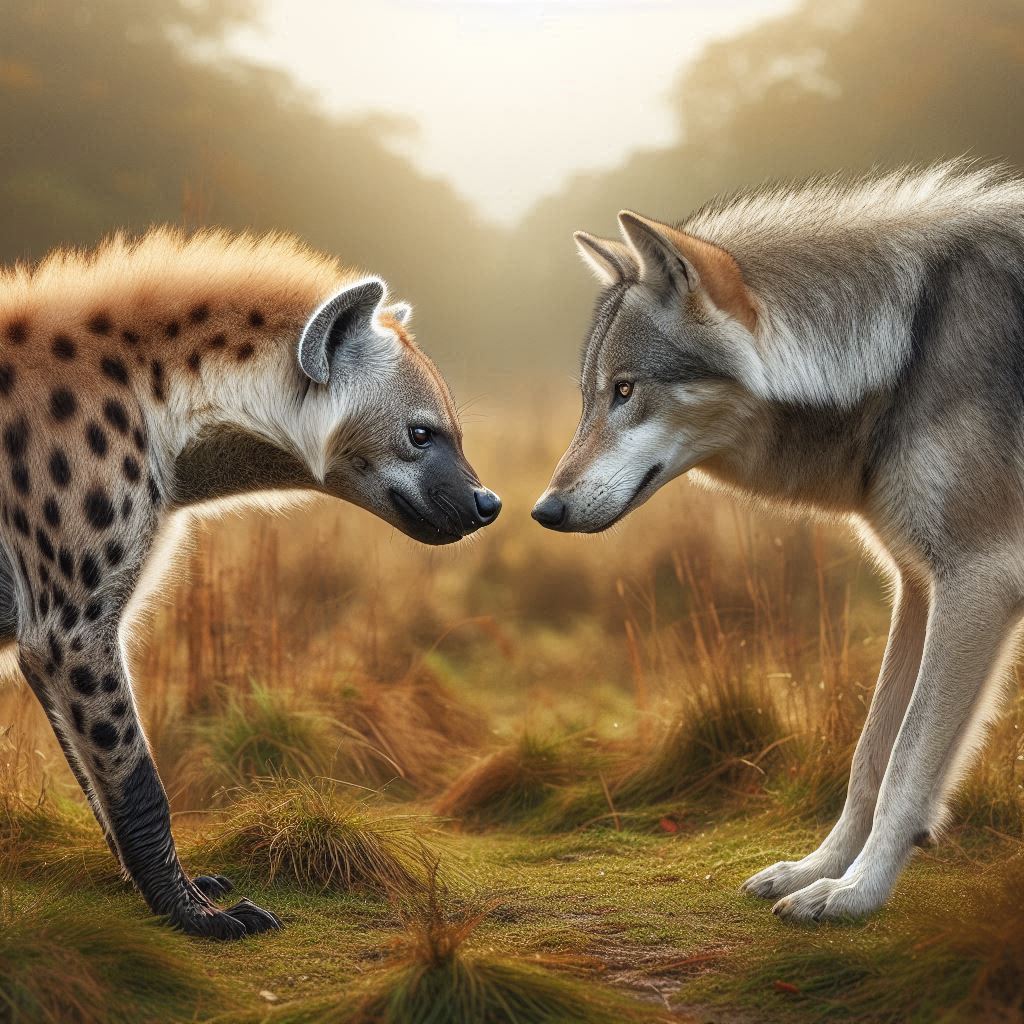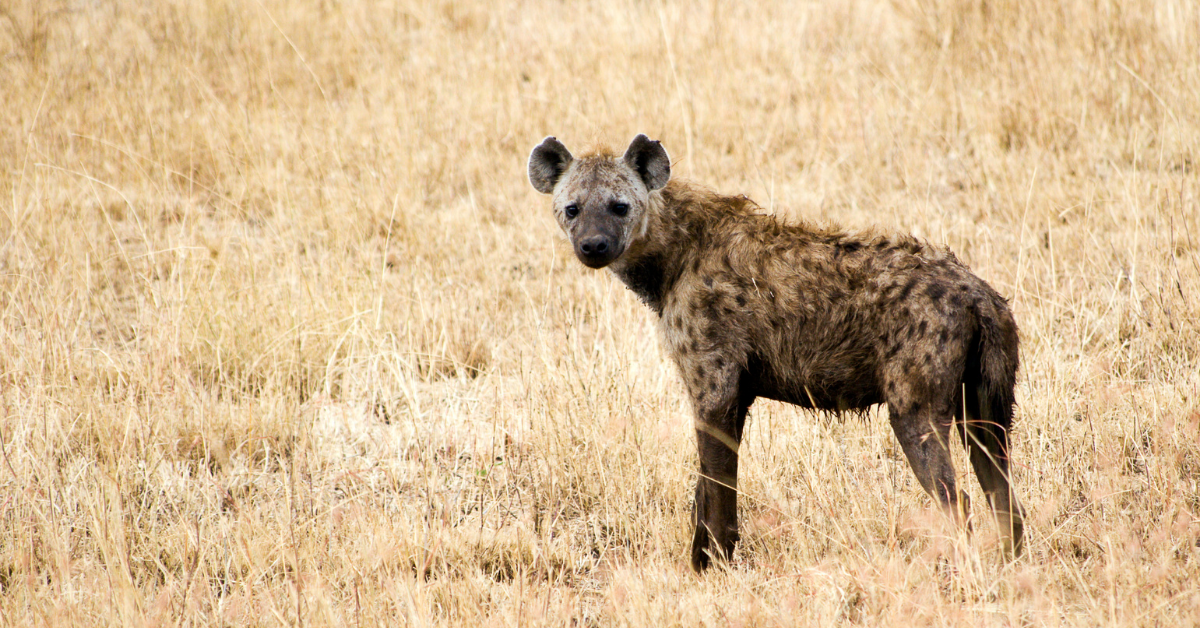
Navigating hyena clan hierarchy reveals surprising female dominance, complex social structures, and cooperative hunting strategies.

Navigating hyena clan hierarchy reveals surprising female dominance, complex social structures, and cooperative hunting strategies.

Curious to know who would triumph in an epic showdown between a hyena and a wolf? Look no further, because this article has all the answers. In this exhilarating battle between two fierce predators, we’ll examine their size, speed, attack power, and differences to determine the ultimate victor. From the moment these formidable creatures engage in combat, the tension is palpable.

Are you curious about the key differences and strength comparison between coyotes and hyenas? Look no further! In this article, we’ll explore their physical characteristics, speed, diet, habitat, and conservation status. Coyotes have a slender body, measuring between 3.3 and 4.3 feet in length, while hyenas are stockier, growing up to 5.9 feet.

Spotted Hyaena – Crocuta crocuta Brown Hyaena – Hyaena brunnea Striped Hyaena – Hyaena hyaena.SPOTTED HYENA CLASSIFICATION Kingdom: Animalia Phylum: Chordata Class: Mammalia Infraclass: Eutheria Order: Carnivora (cats, dogs, bears, raccoons, weasels, civets, mongooses, hyenas) Suborder: Feliformia (cat-like

Classification Class: Mammalia (all mammals) Order: Carnivora (all carnivores) Family: Hyaenidae (hyenas and aardwolf ) Genus: Crocuta This species is found in a variety of habitats: savanna, open forest, dense dry forest, mountain, and semi-desert. It is not found in extreme desert conditions, the highest mountain elevations, or the tropical jungles of Africa and Asia. Although hyenas physically resemble wild dogs, they are not canids.

Fossil archives reveal that it is 20 Hyena specified the earth competitively 10 million years ago, many these species are now extinct and there are currently only four members of the carnivorous family Hyaenidae. These are Spotted hyenas, Striped hyenas Brown hyenas, and Aardwolves. Brown hyenas are now quite rare, found exclusively in the drier parts of southern Africa.

Although often considered scavengers, Spotted hyenas are efficient and flexible hunters. They prefer prey within a body mass range of 56–182 kg (with a mode of 102 kg), a dietary niche breadth similar, but not identical, to that of the Lion.

Although hyenas are among the main predators, they are often killed or injured by lions. Hyenas and lions share a high level of diet overlapping and are often in direct competition for the same food resources. Lions are bigger and stronger than hyenas, which puts hyenas at risk of injury or death during competitive interactions for food. However, the potential benefits are overweighting the risk of injury from lions.

Animal diet is influenced by habitat usage, behaviour, morphology and physiology. Understanding predator diet is important because they are able to influence the diversity and abundance of prey species in an ecosystem by means of predation,but also by creating avoidance behaviour on prey species which can affect survivorship negatively.

Endemic to Africa, south of the Sahara, although formerly with a geographic range across almost all of Africa and Eurasia. Current distribution is more patchy, especially in West Africa, with populations often concentrated in protected areas, of Chad, Central African Republic, Sudan, Ethiopia, Kenya, Tanzania, Botswana, Namibia, Angola, and some parts of South Africa.